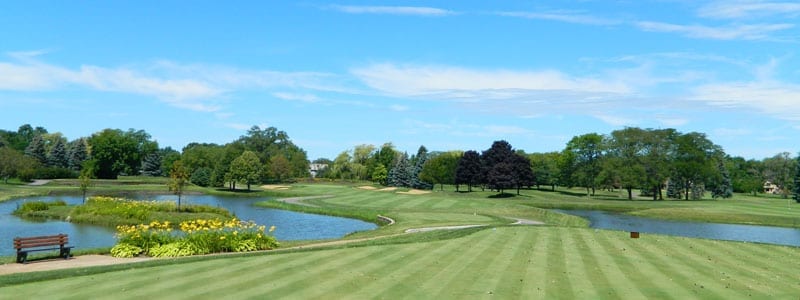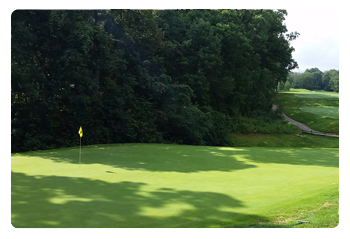
 As President of Jacobson Golf Course Design, Inc. Rick Jacobson has been actively involved in the design and construction of golf courses since the 1980s. Upon graduating from the University of Wisconsin in 1980 with a degree in Landscape Architecture, he started his career with Packard, Inc, a golf course architecture firm based in Chicago and later went to work as an assistant designer for Jack Nicklaus Golf Services.
As President of Jacobson Golf Course Design, Inc. Rick Jacobson has been actively involved in the design and construction of golf courses since the 1980s. Upon graduating from the University of Wisconsin in 1980 with a degree in Landscape Architecture, he started his career with Packard, Inc, a golf course architecture firm based in Chicago and later went to work as an assistant designer for Jack Nicklaus Golf Services.
In November of 1991, Rick formed his own firm, which is located in Libertyville. Jacobson’s first 18-hole project in North America – Augustine Golf Club in Stafford, Virginia – was named among the best new upscale courses in 1996 by Golf Digest Magazine and is ranked among the nation’s Top 100 Public Golf Courses by Golf Magazine. Jacobson has designed numerous local golf courses including Strawberry Creek Golf Club in Kenosha, Bowes Creek in Elgin, Wynstone Golf Club in Barrington and the Glenview Prairie Club (formerly known as The Glenview National Nine).
In addition to new course designs, Jacobson has been entrusted to restore and renovate several classic courses designed by some of the more revered names in golf course architecture. Among Jacobson’s restorations are Bob O’Link GC in Highland Park, Northmoor Country Club in Highland Park, North Shore Country Club in Glenview, and Glen Oak Country Club in Glen Ellyn.
Chicago Golf Report recently talked with Jacobson about his career and his golf course design philosophy at the grand re-opening of The Glenview Park Golf Club, his latest project in the Chicagoland area. Jacobson grew up playing The Glenview Park Golf Club and was the obvious choice to help redesign the course infrastructure and improve playability.
CGR: What advice do you have for those looking to break into golf course design?
RJ: It’s a difficult, competitive industry. Most projects that open up today are overseas. The opportunities are global. You have to be flexible and willing to travel and adapt to many different cultures. It’s a lifestyle that is not for everybody. My advice is to have design skills in different arenas so that you have a diverse skill set — such as residential planning, resort planning and landscape design to name a few. Each has a tentacle into golf in some form or fashion.
CGR: Has your design philosophy evolved over the years?
RJ: No, not too much. From the beginning our objective was to avoid the signature hole, so to speak, or to be known for a single quality or feature. We try and respond to the site and meet the goals and objectives of the organization we are working for. Our team focuses on design fundamentals. If we do that we’re able to produce a course that tests both skill and strategy.
CGR: Has the importance of practice facilities increased in recent years?
RJ: The demand for top-quality short game and practice areas has been on the rise for some time, and in many cases they are a central component to the project we are working on. Players of all ages spend more time practicing different shots they expect to see on the golf course and honing their skills.








 Find a Golf Course
Find a Golf Course Find a Driving Range
Find a Driving Range Find a Topgolf
Find a Topgolf Find a Golf Instructor
Find a Golf Instructor